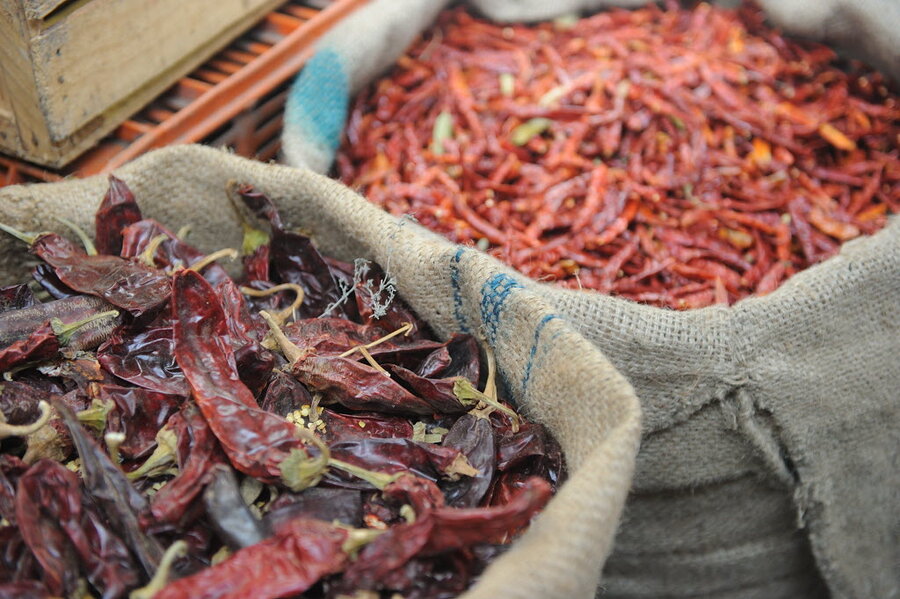Neolithic people didn't eat like cavemen, ate spiced fish and meat
About 4,000 years ago, the Egyptians plied the Red Sea with boats loaded with exotic spices bought from Arabian trading partners who spun fantastic tales of pilfering the prized goods from winged monsters roosting at jagged mountain tops. Some 500 years ago, Christopher Columbus readied his boat and set out on a journey just as dangerous as those the ancient Arabs told of, sailing across the Atlantic in search of a new route to ferry Asia’s cinnamon and pepper and cloves to Europe.
Spices are the mark of empires, of cultural sophistication and of cosmopolitan commerce. But it turns out that spice use predates all that. In fact, as early as about 6,000 ago, Neolithic people added garlic mustard, a spice, to boiling meals of meat and fish, according to a new paper published in PLOS ONE. The research identifies the earliest known, definitive example of spice use in cooking, as well as revises popular culture's take on the Neolithic peoples as unrefined, tearing at meat and fish without a care for how it tastes.
"The finding of spice use by these people implies a much more sophisticated diet than many people have imagined," says Oliver Craig, lecturer in Archaeological Science at the University of York and a co-author on the paper. "We suggest that people's perception of food also encompassed an aesthetic dimension at this time."
Little is known for sure about the origins of spice use, since identifying it in ancient cooking is difficult. Plants disintegrate, and even when remnants remain, it’s often unclear if ancient peoples were using the leaves for their flavor or for the added calories or nutritional value. Or, the seeds or flakes could be have been carried there on wind gust or an animal’s muzzle. Until now, the oldest known example of spice use that could be confirmed was about 4,500 years old. That spice residue, from ginger and turmeric, was recovered from Harappan cooking pots dug up in what is now the Punjab region in Pakistan.
In the latest research, scientists looked at charred deposits inside broken pottery that dates to about 5,800 and 6,150 years ago and was taken from three locations in Denmark and Germany. Those deposits contain what are called phytoliths, microscopic silica brewed in a plant’s leaves and that later function as ancient signatures of the plant cooked in the pot.
In these pots, the phytoliths were traced to mustard seeds. Since mustard seeds have little nutritional value, their presence, stirred up with meat and fish, suggests that Neolithic peoples used it as a spice, not as a source of calories, said Dr. Craig. And, since the seeds were found in a cooking pot, there is little doubt that the spice was used as such, he said.
The roughly 300-year-long period to which the seeds were dated corresponds to a time of critical transition in Northern Europe, when hunters and gathers turned to agriculture and seeded crops whose growth was mirrored in a sophisticating culture.
"These people were coastal hunter-gatherers and early farmers," says Craig. "This finding adds to our understanding of the complexity of these peoples life-ways and shows a rich culinary variability."







